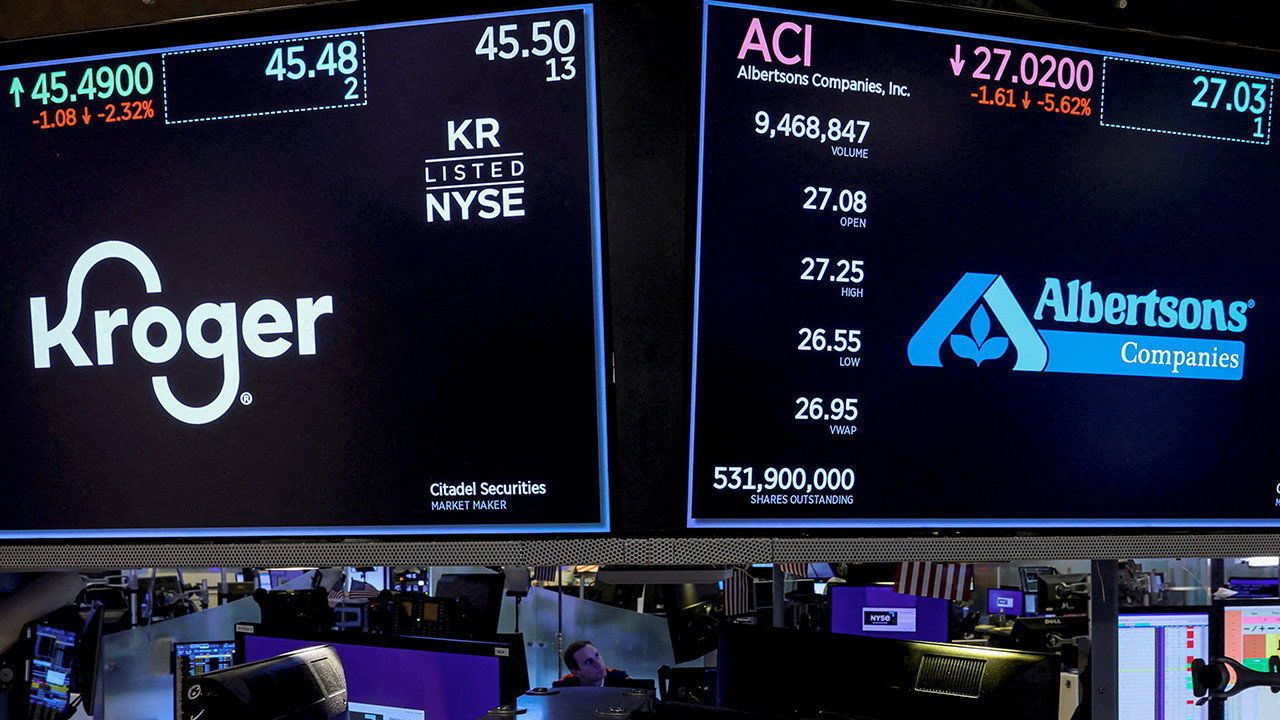- by Emmanuel Camarillo
- 04 8, 2025
-

-
-
Loading

Loading

The biggestFTCFTCFTCFTC GDPFTC in American history is dead. In the space of just a few hours on December 10th, federal and state judges both sided with the Federal Trade Commission (), America’s main antitrust regulator, to block the acquisition of Albertsons, a big supermarket chain, by Kroger, another such firm. By the next day the pair were adversaries: Albertsons has not only called off the deal, it is also now suing Kroger for failing to make “best efforts” to get regulatory approval.The mega-merger would have created a $200bn grocery behemoth with 5,000 shops, 4,000 retail pharmacies and 700,000 employees across America. But the tie-up has been mired in controversy ever since it was agreed on back in 2022. The —along with the attorneys-general of eight states and the District of Columbia—sued to block the deal earlier this year. They argued that it would reduce competition, leading to higher prices for shoppers and eroding the bargaining power of the companies’ unionised workforces.But the trustbusters’ concerns miss the mark. One problem is that the ’s argument rests on a narrow definition of supermarkets. It views them as one stop shops, where consumers can buy everything they need for a week. By this definition, Kroger and Albertsons are the two biggest firms in the market. But, as John Mayo of Georgetown University, puts it: “That is a relatively contrived market the has conjured up.”Conventional supermarkets like Kroger and Albertsons in fact compete with lots of other companies. Big box retailers, such as and Costco, and discounters, such as Aldi, offer cut-price groceries. Specialty stores, such as Whole Foods and Sprouts, draw in shoppers with premium goods. Meanwhile, e-commerce firms, such as Amazon, allow consumers to buy food without getting off their sofas. Consider all the different firms selling groceries and Kroger and Albertsons have a combined market share of just 11% in America, according to data from Euromonitor, a research firm. That compares with Walmart’s 25% share (see chart).Indeed, Walmart is the elephant in the room. The retail giant generated $648bn in revenue last year, equivalent to more than 2% of American . That scale allows it to offer “every day low prices” that other grocers struggle to match. A big bottle of Heinz tomato ketchup costs $4.48 on Walmart’s website compared with $5.29 on Kroger’s. Throughout the hearings Kroger’s executives argued that they see Walmart—not Albertsons—as their main competitor. “Kroger has lived under the shadow of Walmart,” says Simeon Gutman, of Morgan Stanley, a bank.Another flaw with the trustbusters’ argument is that consumer loyalty is lower than they think. The typical American now visits two stores during a single shopping trip, according to Mintel, a firm of analysts; many visit three or more. Over a quarter of shoppers have switched which store they go to for their main shop over the past year, primarily in search of lower prices. Over two-thirds of Kroger customers also shop at Walmart.The Kroger-Albertsons deal became part of a wider debate on the cost of living in America. In its argument, the cited a report from 2022 suggesting that many poor families spend almost one-third of their income on food. But there is scant evidence of price-gouging by grocers. In their most recent quarterly results Kroger and Albertsons posted margins of 2.5% and 1.6%, respectively. “That’s not the operating margin of a company that is able to price aggressively,” says Robert Ohmes of Bank of America.What now for the two chains? Legal action against Kroger will not solve Albertsons’ longer-term problems. In his testimony before the federal court Vivek Sankaran, the firm’s boss, said he would have to consider cutting jobs and shutting down shops if the merger fell through. He added that Albertsons might need to find another buyer in the next few years. The food fight might not be over yet.